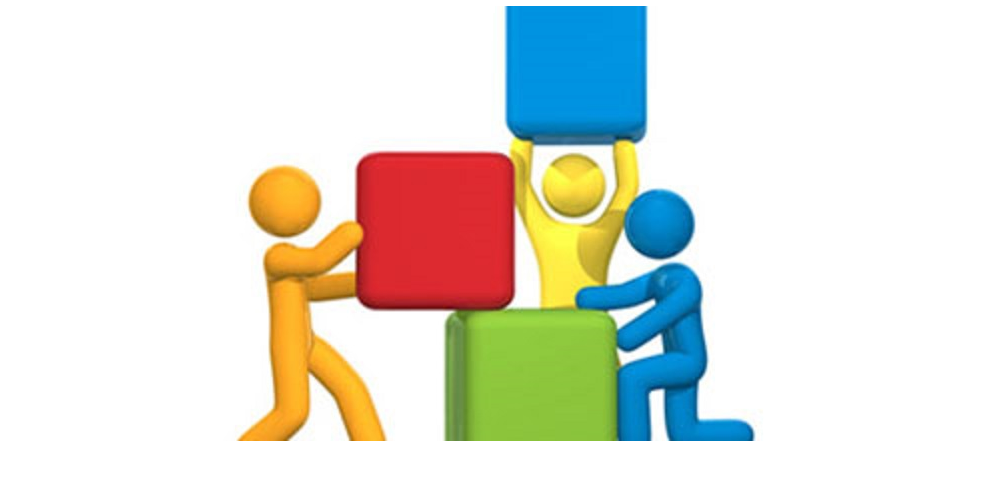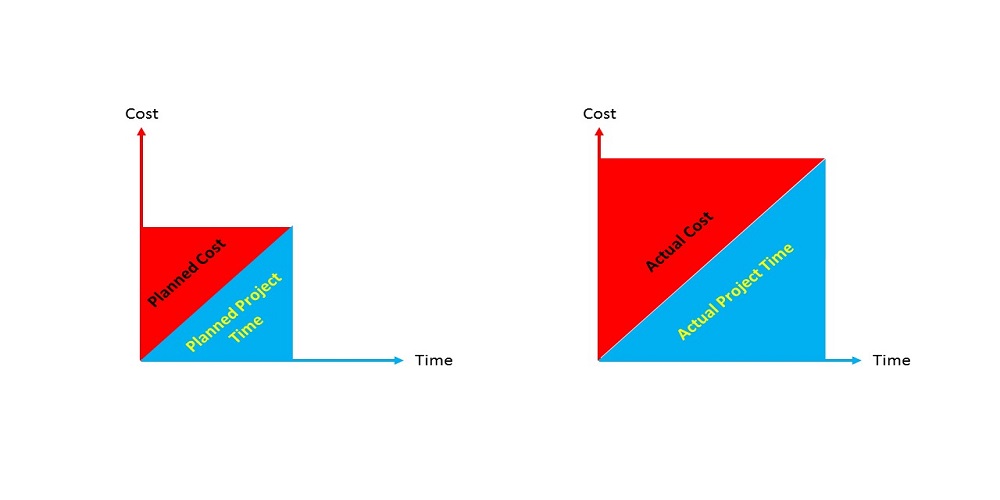3 stages in ERP implementation process.
Business Analyst | 24 January, 2019 (Thursday)View 4610

ERP Implementation Stages
There are there different stages in ERP implementation. Without completing first two, last one never ever be reached.
First stage
It’s planning stage. Project is initiated. Software is selected and Project team is finalized. Preparation is going on. Bellow things are done in first stage
- Project planning & strategy
- Project kick off
- Data collection
- Group discussion
- Current process mapping
- Gap analysis
- New process mapping with improvements
- New processes validation from functional departments
- System architecture design
- System set up based on new processes
- System Customization
- System testing & fine tuning
- User process training
- User system training
Second Stage
In this stage, ERP software is being deployed in different areas. Different business processes are being connected seamlessly, handshaked with system and executed through system. Training is going on to make the users more comfortable with new software. New improvements are coming from users to make the system & process more flexible. Actually it’s a transitional stage where old ideas are being removed and new ideas and improvements are being formed and implemented.
Third Stage
Fully Digital and business transformation is completed. Full technical capabilities are realized, business processes are optimized, and the organization is aligned with the future-state. Most importantly, business benefits and a positive return on investment are realized. Management are relied on system to take necessary decisions. All business areas are covered in ERP system. System & processes are stable. No legacy systems are existed. Business processes are become highly standard, best practices are implemented. Business processes & functional departments are fully connected. Information flows in different processes smoothly without any problems.
What’s needed to reach in third stage?
Those that reach the Third Stage of ERP don’t do so because of luck. They can because they’ve leveraged the “secret sauce” required for a successful implementation and transformation. They have figured out how to launch their initiatives to greater heights and success.
Select right software for business
Software selection is very crucial & important part in ERP implementation. Among many reasons, not-choosing-the-right-software is one that leads to poor implementation and ultimately failure of establishing ERP. So, while choosing the ERP software, look for the below 3 characteristics
- Fit
- Configurable
- Open
To get more about ERP software selection: ERP Selection Criteria – Only 3 Features to Look For
Focus on Organization Change management
To reach in third stage, there are required a lot of changes in Organization. As to improve, change is highly necessary in ERP implementation. Below are needed to be changed
- Organizational structure
- Organizational strategy
- Top management alignment
- People mind set
- People’s way of thinking & working process
- Existing people if needed
- Existing business processes
- Existing technology
- Remove naysayers
Emphasis on business process improvements and design
ERP has three pillars: Standard process, Best practice & information visibility. To implement ERP, Standard process & Best practice must be established, since ERP system is designed based on business processes. Therefore, define business processes, change impacts to people, and identify opportunities to implement process changes even before new technology is implemented. An investment in business process management activities early on will save time and money later on. It’s also important to define your future state business processes, define potential business process improvements, and leverage best practices
Build connection among different processes through system
To smooth information flow in business, all related processes must be connected seamlessly through system. Without connection processes, upstream processes information will not be available to down stream processes and therefore, information will be stuck and processes will be broken. At the end ERP software will fail to provide expected result.
Don’t leave your project’s success up to chance. Instead, focus on these and other Third Stage best practices to help you reach greater heights.
Read more : What is the Third Stage of ERP Software and Digital Transformation?













